PETITELISA is a synthesis of Gilles Montaubin’s long experience with sail-and-oar boats. Unlike many boats of this type, she is not reminiscent of any traditional working boat type. Instead, she incorporates some very contemporary features. Montaubin, for example, has intensively tested the use of water ballast on many boat designs, and its use on PETITELISA allows her displacement to be adapted to varying conditions: whether propulsion is by sail or oar, whether her crew is solo or accompanied, and whether the sea state is flat or rough. Adding water ballast while rowing in choppy seas increases inertia and makes boat handling easier. Yet this varying ballast is accomplished without changing her overall trailering weight: emptying the ballast tanks is a snap.Since his childhood, Montaubin has had an acute point of view on the world of boating, a world from which he has always stood aloof. During the 1960s, his father, an orthopedic surgeon, was an enthusiastic racing sailor and boatbuilding fanatic. At that time, the La Rochelle area had few yachtsmen, so everybody exchanged a lot of technical information gathered from the various boatyards and naval architects working in the surrounding area. Gilles served his boatbuilding apprenticeship accompanying his father and decided, after receiving a doctorate of sociology in 1972, to establish himself as a boat designer and builder in the backcountry.He already had in mind some strong building and design principles: one-off units, simple, cheap, and fast, designed to suit specific needs and developed following his personal experience and that of his customers. Since then, Gilles has never broken his own rules. After a personal experience designing and building a 30' plywood cruising monohull, his professional career really began, and in 1977 he designed a 40' cruising catamaran, with which he cruised around Spain and Portugal. Then he began to design boats based on the local types surrounding his location in the heart of le Marais Poitevin, a famous French swamp area of the Atlantic coast. These boats were flatiron skiffs, which here are called plate, which is French for “flat.” But instead of following the tradition of building this type of boat with heavy hardwoods, he switched to concepts he learned from multihull ultra-light composite technology. In 1986, he entered a design competition organized by the French magazine Le Chasse-Marée with his own reading of a traditional plate, built in foam sandwich and weighing only 150 lbs, ready to sail.
Join The Conversation
We welcome your comments about this article. To include a photo with your remarks, click Choose File below the Comment box.

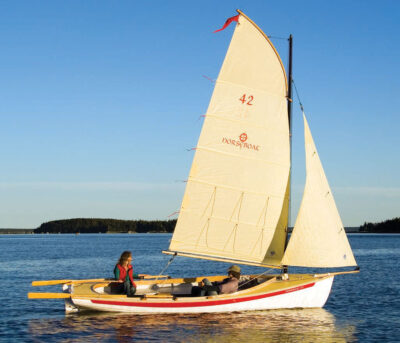
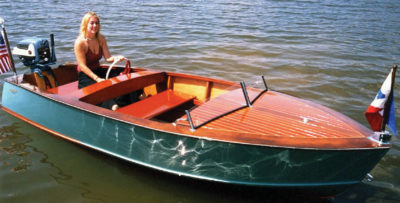
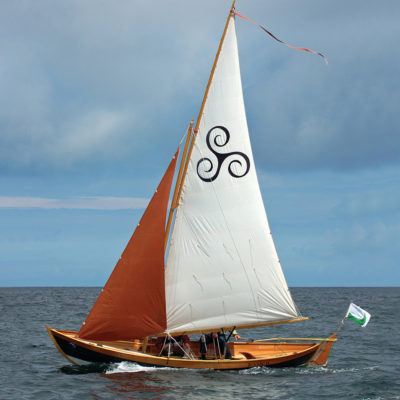
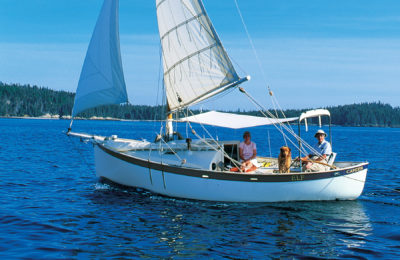
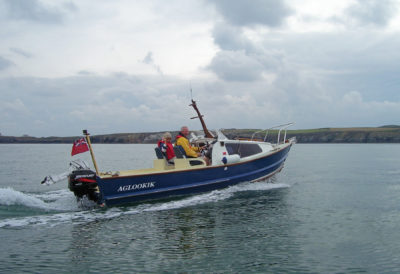
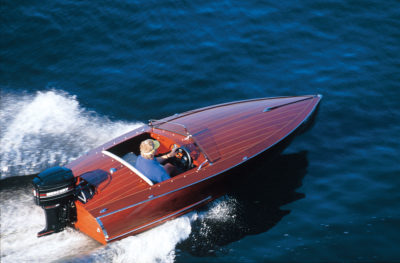
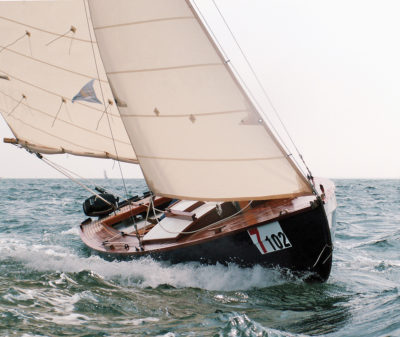
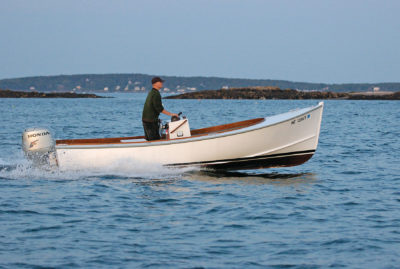
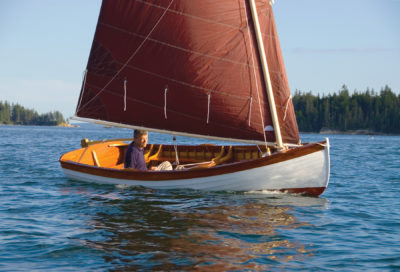
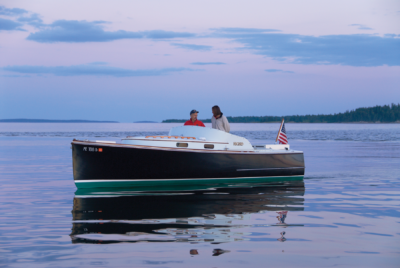
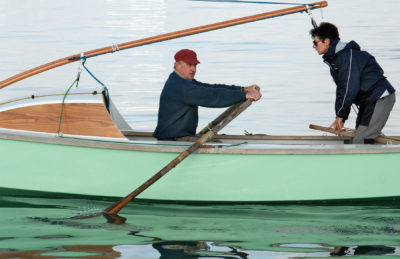
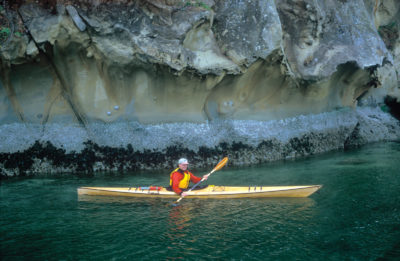
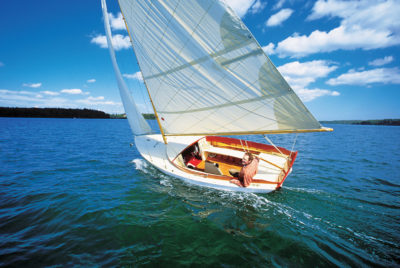
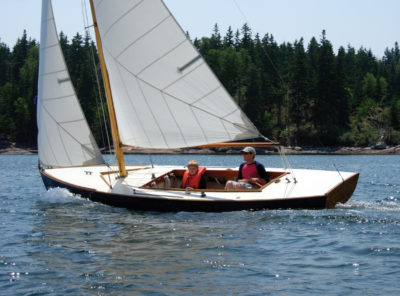
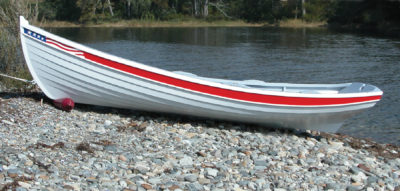
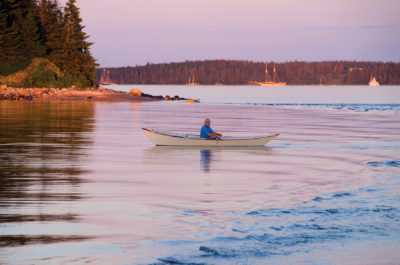
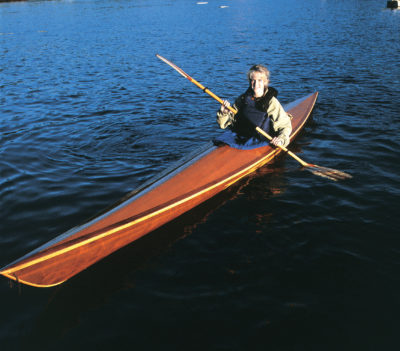
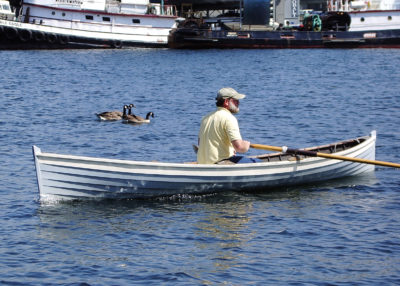
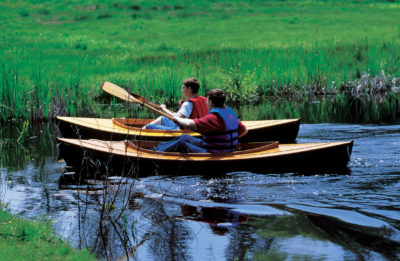
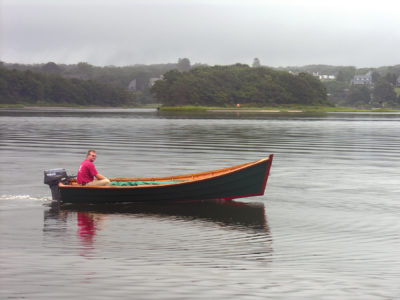
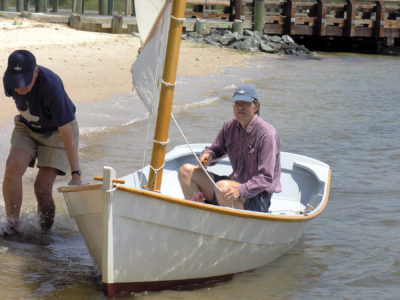
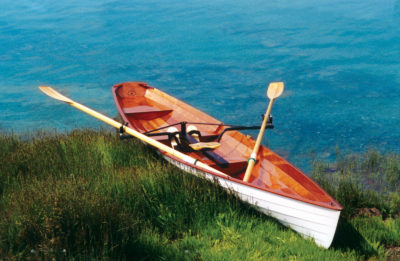
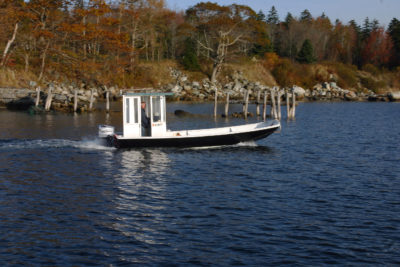
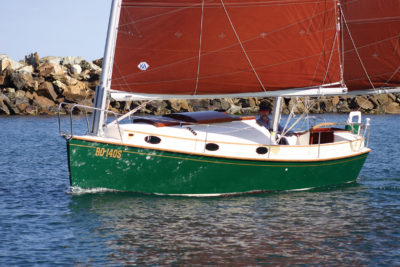
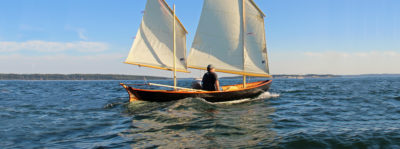

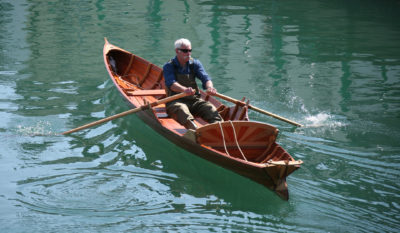
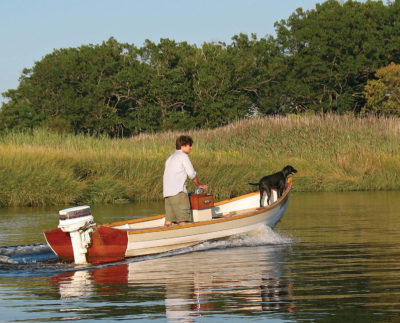
Very nice cabin shape and the transom details are also attractive. It’s similar to some of the B&B designs out of NC.
Please send link for PETITELISA Boat plans.
The website we included with the profile of the PETITELISA in 2007 is no longer valid. It appears the plans are not available.
Ed.
Try Chantier Mer.
Thanks for the tip. I found the page that offers plans for the Petitelisa, aka Little Lisa.
€600 for plans! I like the boat a lot, but I dare say this one might not go viral.
I love the whole concept, especially the chine above load waterline to help with rowing, water ballast and simple rig. Neat little boat.